Convertible notes could have some terms that can be hard to grasp. I will explain it now;
So let’s take a scenario 1
Kirk and Spock take the money from their first investor Pike and agreed on a convertible note. With that investment, they grow fast and the business looks very healthy. One year later they manage to attract a new investor a VC company. VC is willing to invest in 1M USD on a priced round. They evaluate the company on 5M USD.
When this new investment comes in the convertible note of Pike will be triggered.
Now it is time to compensate the early-stage investor for believing in this company.
When the convertible note comes into action there are some instruments to consider as well. These are “Interest Rate” and “Discount”.
So the interest rate is usually 5%-6% and the discount can range from 10%-25%. This is a discount on the valuation set by the new investor.
In scenario 1, Pike invested 1 year before the VC so he earned about 25k USD interest. When the day comes to the legal paperwork Pike will convert 525k USD at a valuation of 4M USD instead of the 5M USD. Because there is a 20% discount rate.
After the note converts, VC invests the 1M USD at the 5M USD valuation and the company distribution will look like this.
Kirk 36.8% Spock 36.8% VC 9.7% Pike 16.7%
Let’s have a look at a 2nd scenario;
If the company grows big time and in a couple of years Enterprise finds a new investor that values the company 50M USD even with the 20% discount rate Pike’s valuation to convert is 40M USD so that the originally 500k USD investment plus interest translate to less then 1.5% of the company. So the risk taken by Pike by investing early was not really compensated in this investment for this startup.
This is why convertible notes have an evaluation cap. This cap is a maximum valuation at which the note converts.
So this is why convertible notes have an evaluation cap. This cap is a maximum valuation at which the note converts.
So let’s say the agreed cap in this case for the investment is 7M USD. So what would happen while the new investors will invest in the value of the company 50M USD?
Z will convert his note at the cap resulting in around 6x on Z’s investment which is not bad at all.
And the company will look like this;
Kirk 48.4% Spock 48.4% VC 6.8% Pike 2.0%
Let’s have a look at the last scenario;
The third scenario is less frequently discussed, what if the company doesn’t grow? If the company can’t raise any additional rounds of funding?
So if the company does not manage to show traction and can’t attract the new investments, in this case, there is a maturity date for the convertible note. This is a date on which the convertible note owners can convert their notes at interest at the cap that we talked about earlier.
Or request a payback for their notes! Investors will probably request a convertible note payback only if the company can really afford it and maybe they believe that converting at the cap is a too expensive evaluation for what the company has become.
So if the company can’t afford to pay back the notes and investors execute them the startup will probably need to file for bankruptcy.
The investors also lose most or all of their money. Since the company doesn’t have the assets to pay back the notes.
So using the same 500k USD example, maybe X and Y couldn’t find a good product-market fit but there is still making sales of 500k USD yearly revenue.
What happens, in this case, is that the company and the convertible note investors agreed to one of the following.
1- Extend the maturity date on the notes and continue to accumulate interest. This gives the startup time and a chance to accelerate growth and maybe attract a new round of financing in the future.
2- Enter into a repayment schedule. Which the company pays the notes over a predefined period of time. By paying the note in multiple installments instead of just all at once the company can afford to pay it back.
To sum up, a convertible note is an investment with an interest rate, a cap, and a discount.
The note is triggered or executed ideally on a new round of funding when the company is acquired or otherwise a predefined deadline or maturity date. A maturity date is often 18 or 24 months after the original investment.
Hope you like the two episodes of the mini investment series. If you like it just give me a thumbs up so I can continue…
Cheers!
Writer Kaan Senol @VoyogerConsulting | Investors, Entrepreneurs, Incubators contact me for consulting issues…






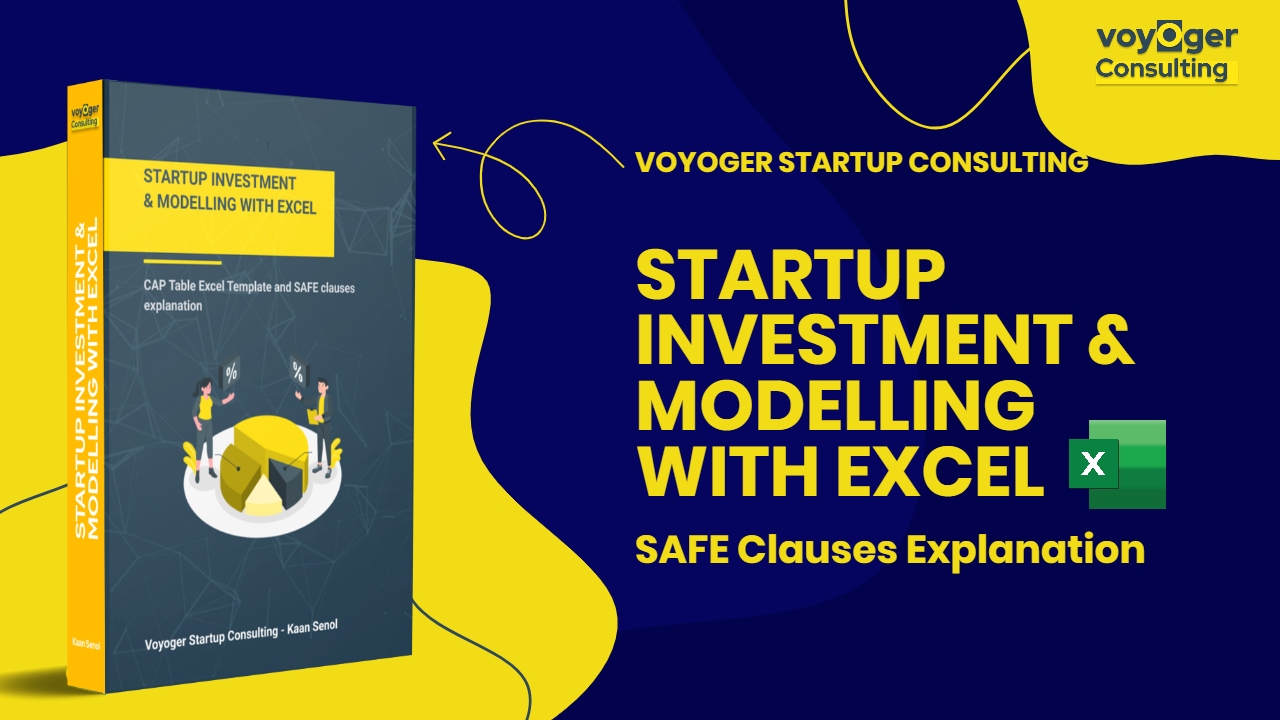
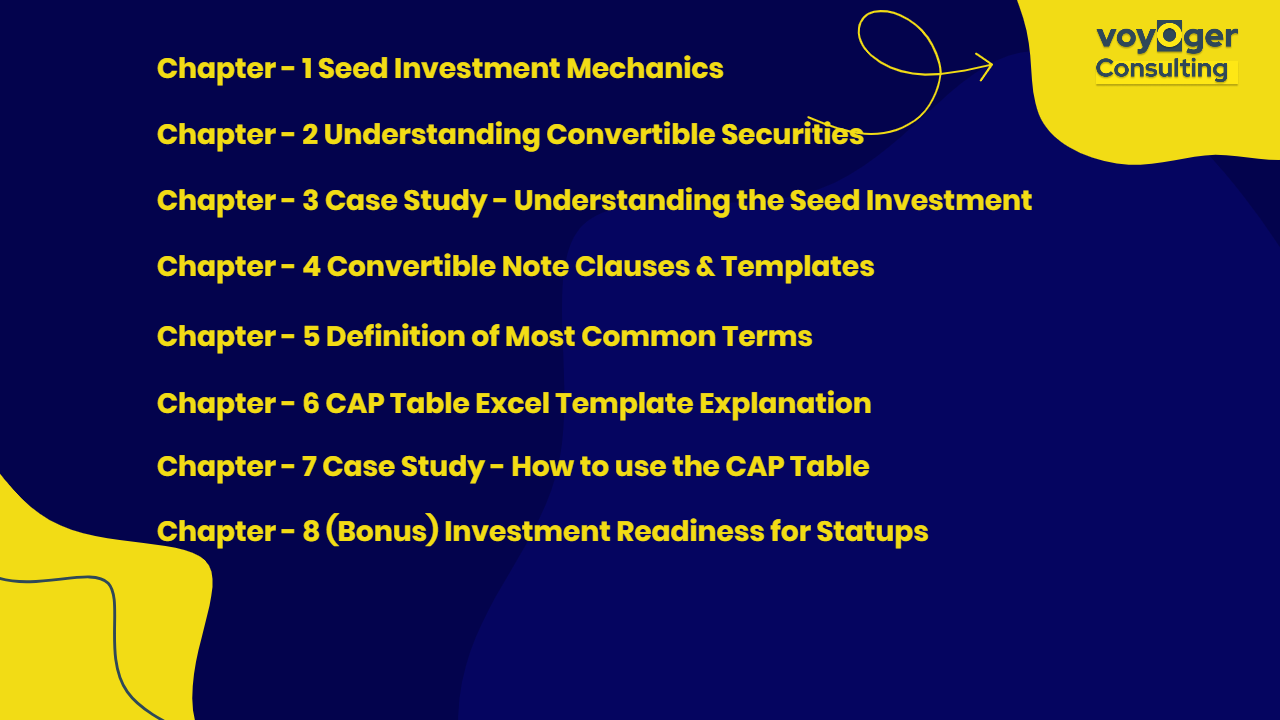
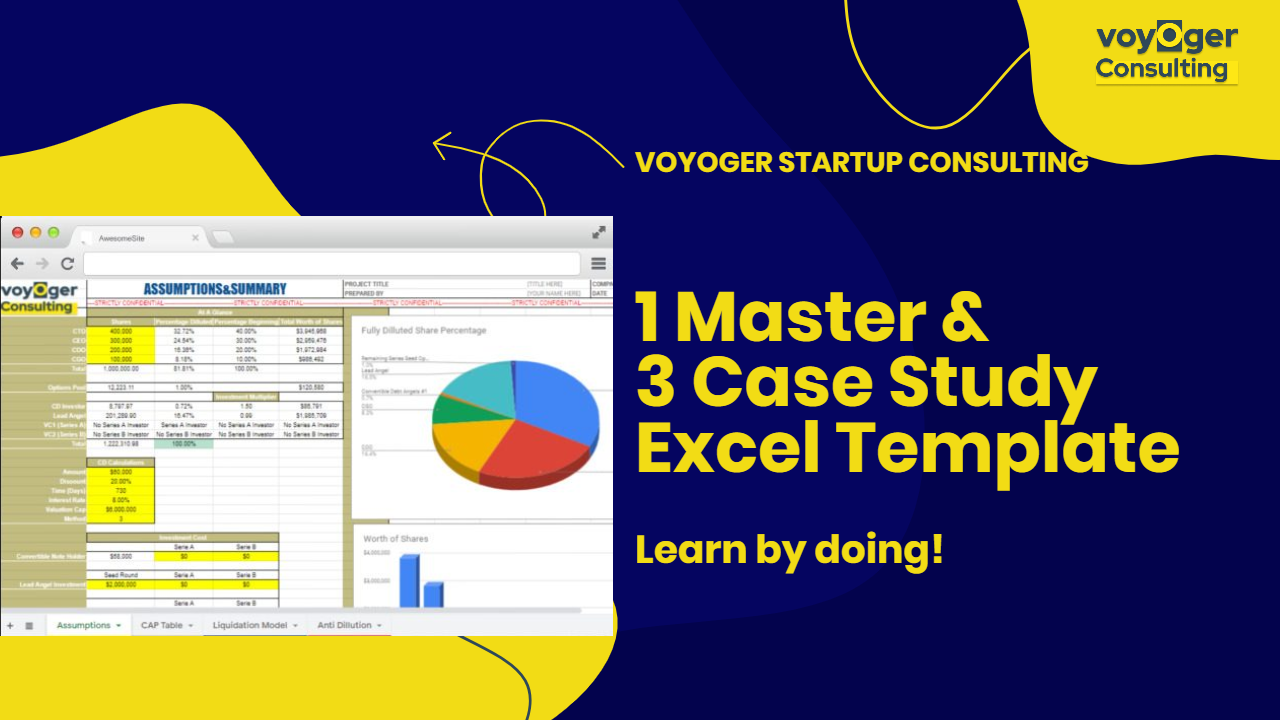
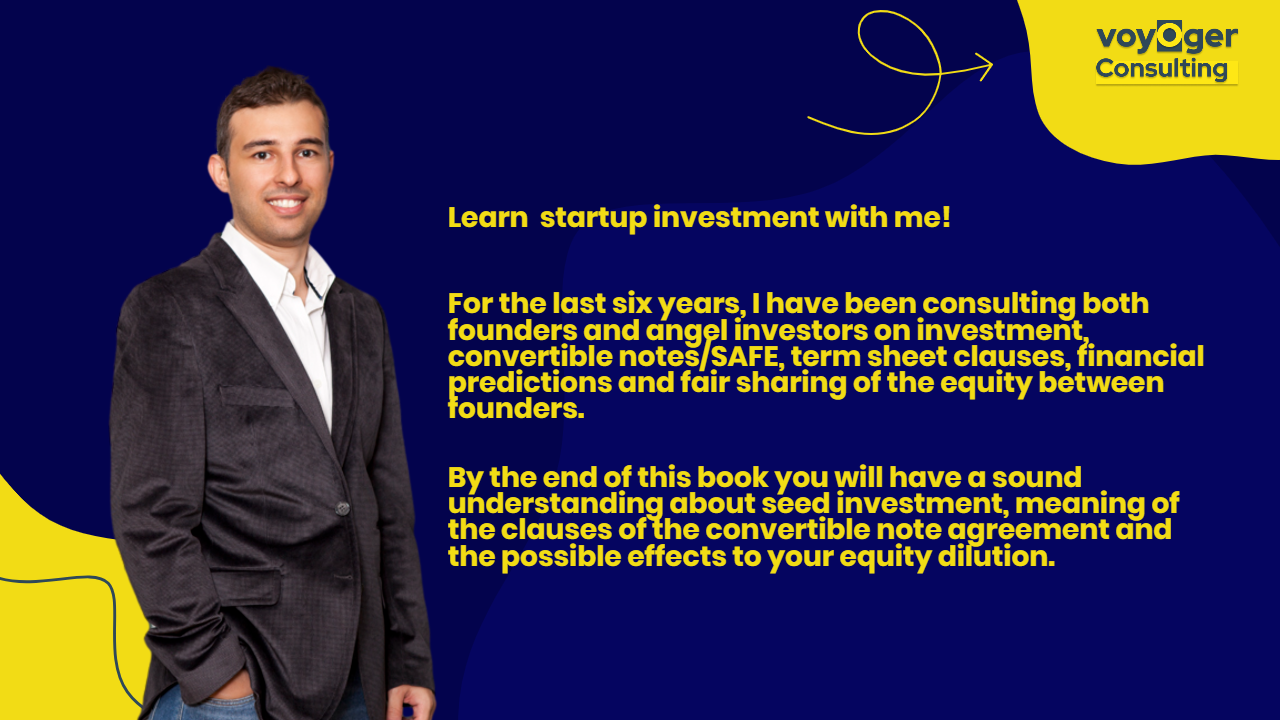

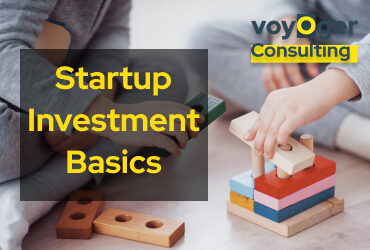

0 Comments